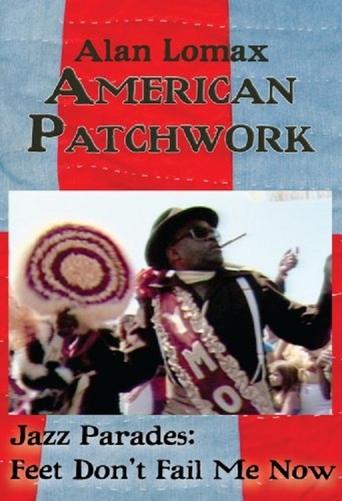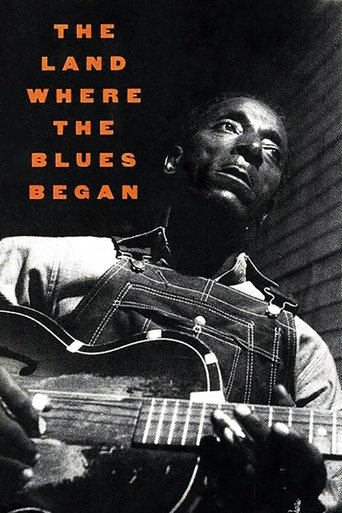Lomax the Songhunter
Nov 22, 2004Alan Lomax (1915-2002) was a song collector who recorded ordinary people, who gave their heart and soul in front of his microphone. The film maker decides to search for people Lomax recorded, travelling through Europe in an old Volkswagen. His journey leads him past desolate Scottish islands, through the withered interior of Spain and to isolated Italian mountain villages. The search is combined with conversations with colleagues and friends of Lomax. Throughout the movie, every now and then we return to a frail but happy 86-year old Lomax. In this passionate and musical roadmovie we slowly discover why folk music can be so pretty and what could have once possessed the legendary Alan Lomax.
Documentary












